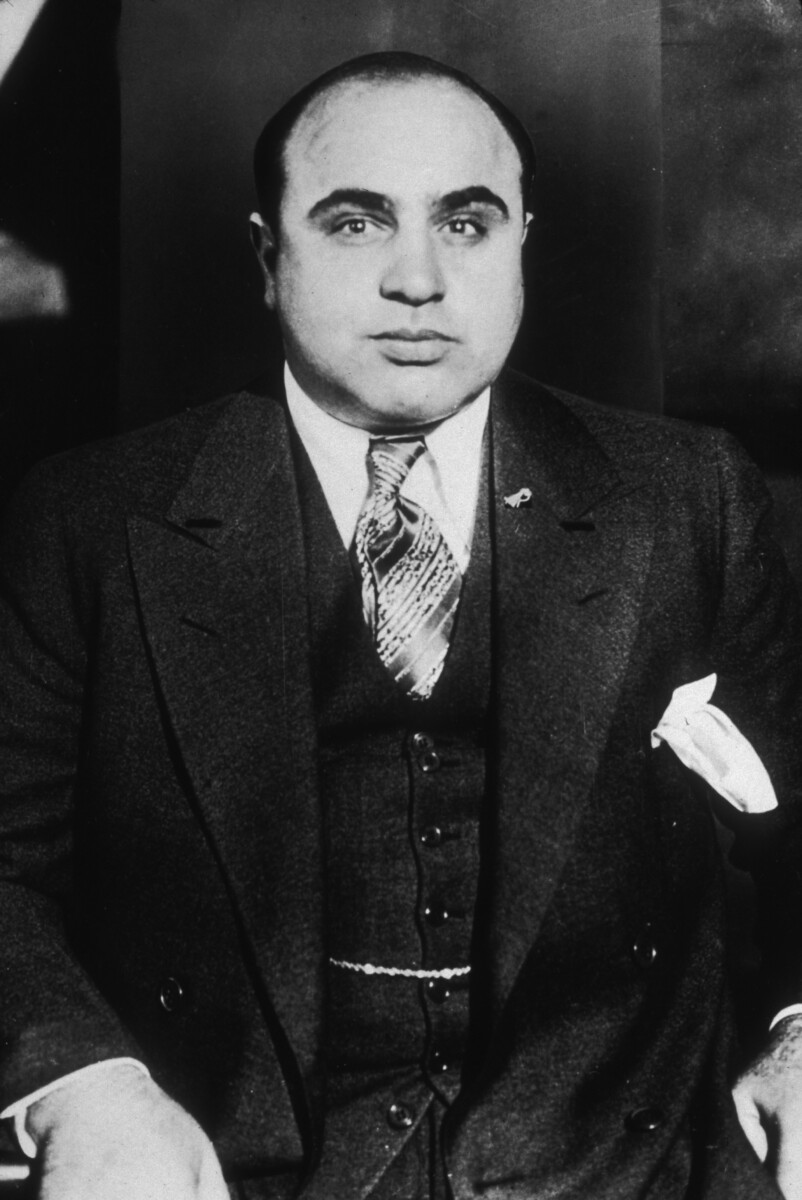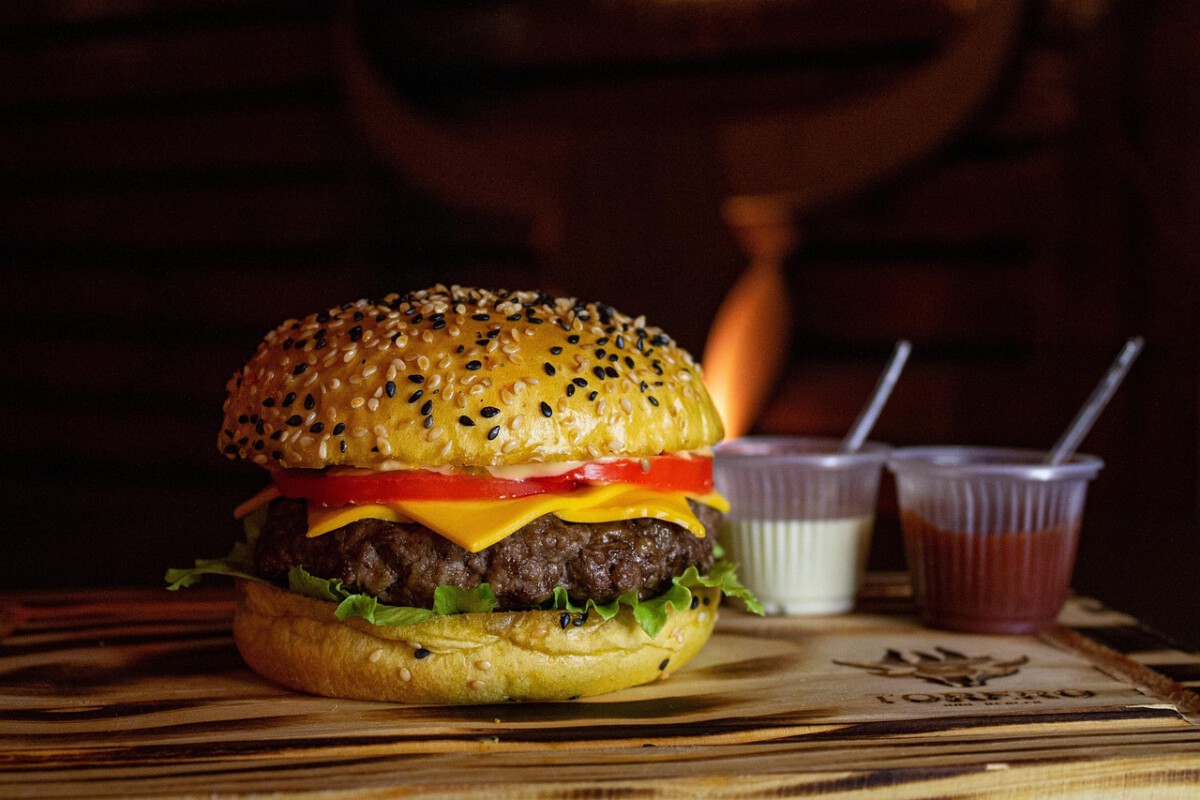The Volstead Act Creates a Criminal Empire
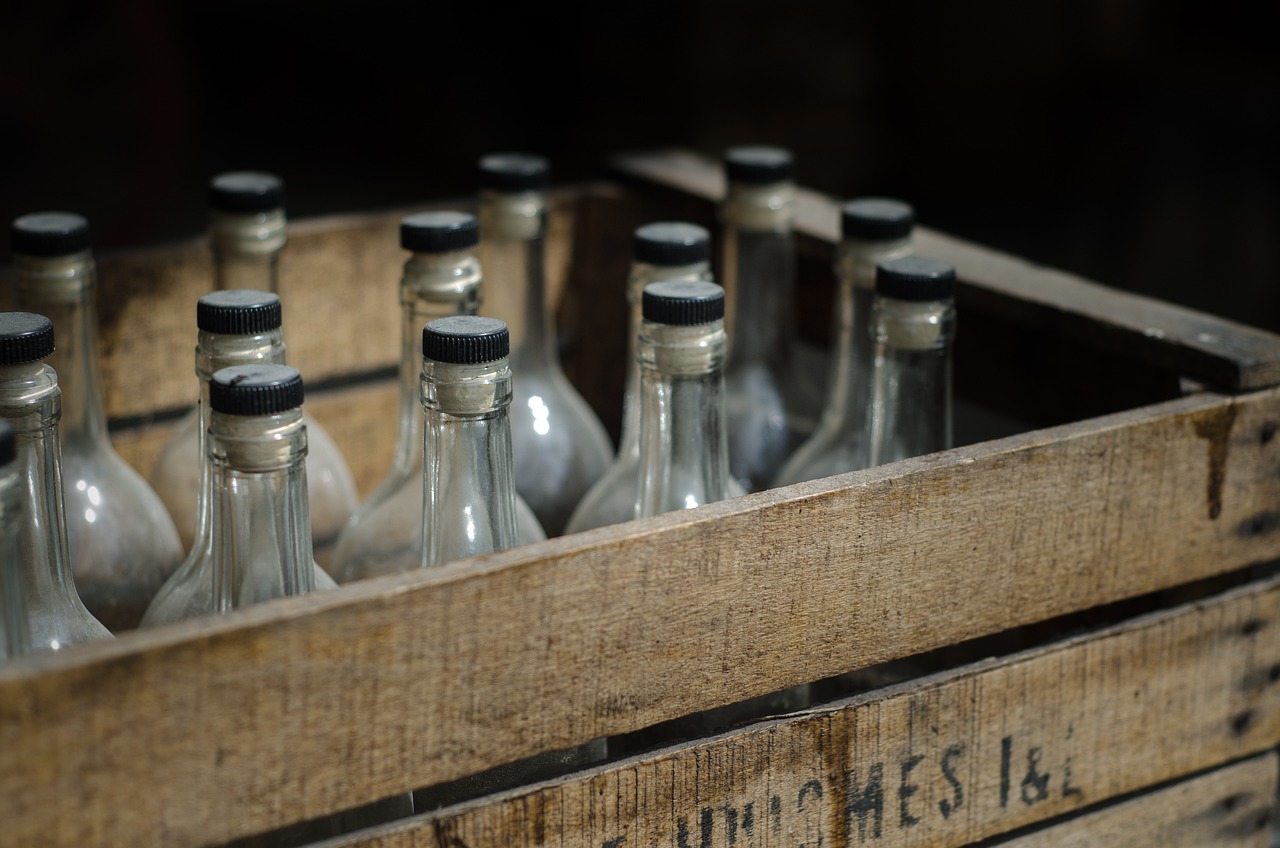
When the Volstead Act went into effect on January 17, 1920, it didn’t just ban alcohol—it created the perfect storm for organized crime to flourish. The law made it illegal to manufacture, transport, or sell alcoholic beverages, but it didn’t kill America’s thirst for booze. Instead, it handed criminal organizations a golden opportunity on a silver platter. Within months, bootlegging operations sprouted up across the country like mushrooms after rain. The massive demand for illegal alcohol created profit margins that legitimate businesses could only dream of, with some bootleggers making 700% profit on their products. What started as a noble experiment in social reform became the foundation for America’s most powerful criminal empires.
Al Capone’s Chicago Empire Worth $100 Million
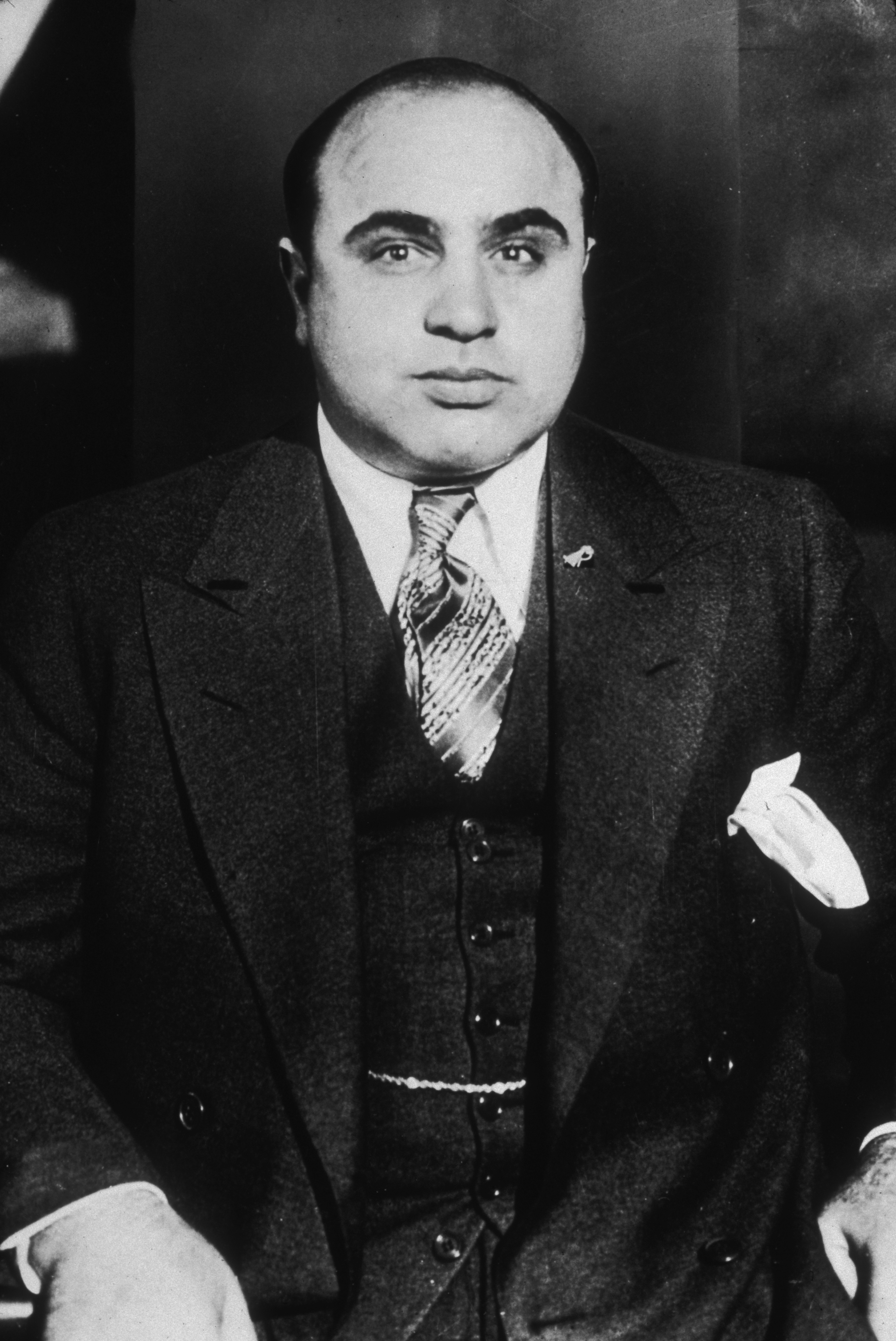
Al Capone didn’t just benefit from Prohibition—he turned it into a personal mint that churned out millions. By 1927, his Chicago-based operation was pulling in an estimated $100 million annually, equivalent to roughly $1.4 billion today. Capone’s empire employed over 1,000 people and controlled an estimated 10,000 speakeasies throughout Chicago. His organization wasn’t just selling bootleg liquor; they were running a sophisticated business operation with accountants, lawyers, and even their own intelligence network. The profits were so enormous that Capone once quipped he was just giving the people what they wanted, and they were willing to pay handsomely for it.
Murder Rates Skyrocket in Major Cities
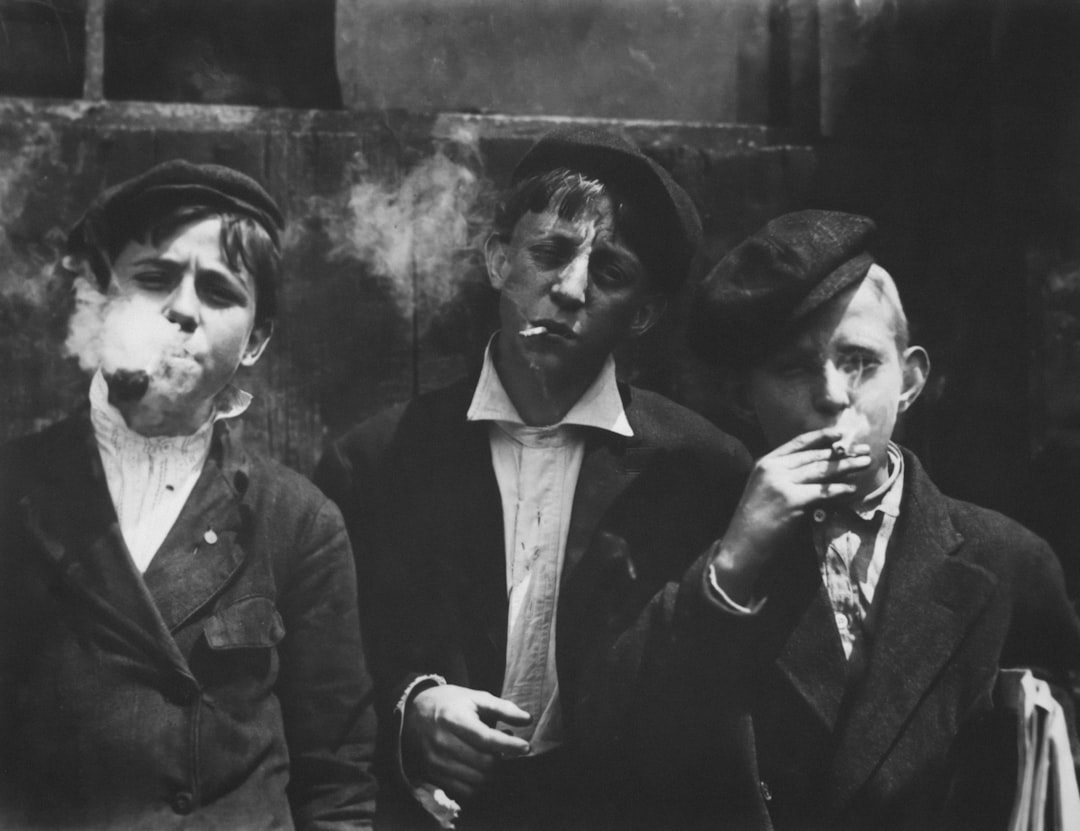
The competition for bootlegging territory turned American cities into war zones, with murder rates climbing to unprecedented heights. Chicago’s homicide rate jumped from 15.3 per 100,000 people in 1920 to 16.9 per 100,000 by 1925, with gang-related killings accounting for a significant portion of these deaths. New York City saw similar spikes, with organized crime-related murders increasing by approximately 50% during the peak Prohibition years. The infamous St. Valentine’s Day Massacre in 1929 became the symbol of this violence, when seven members of Bugs Moran’s gang were gunned down by Capone’s men. These weren’t random street crimes—they were calculated business decisions where human life became just another cost of doing business.
Corruption Spreads Through Law Enforcement
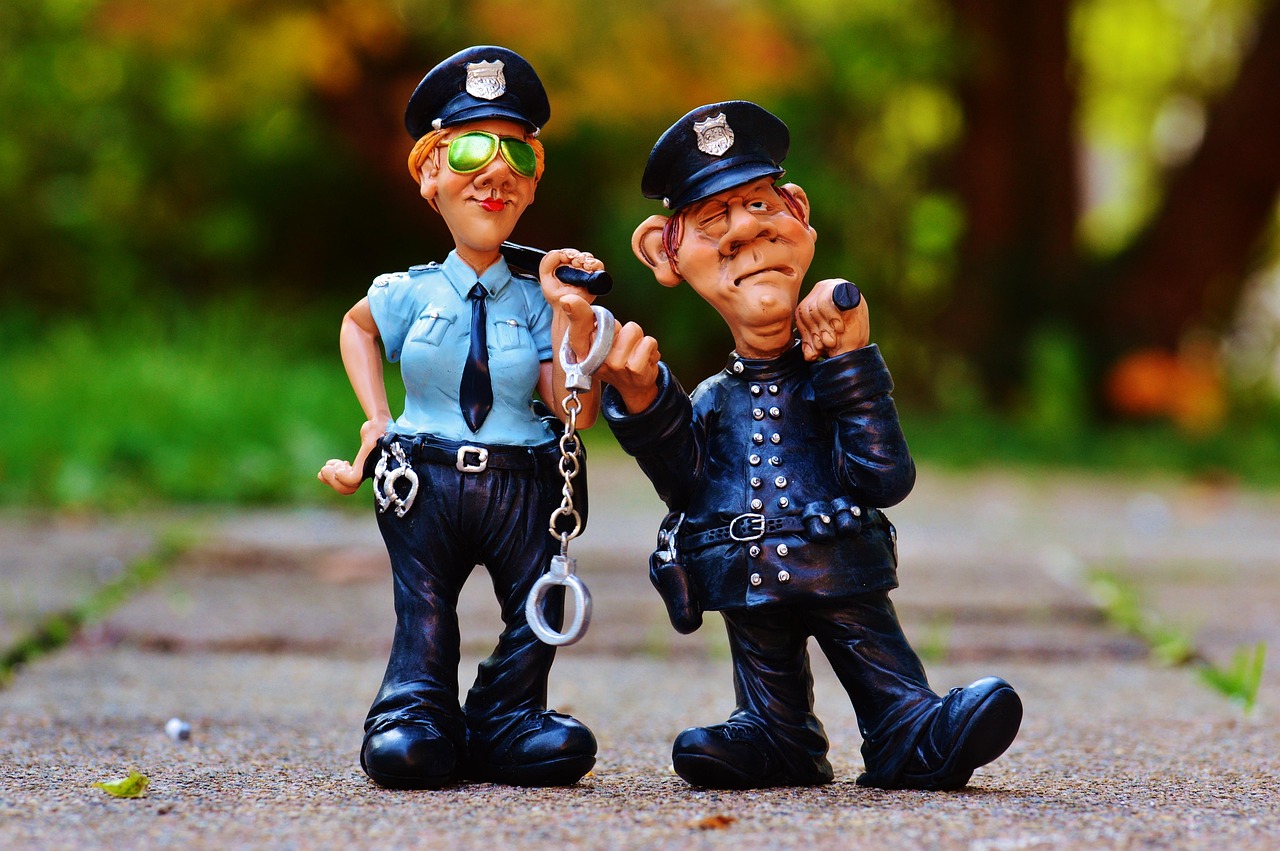
Prohibition created a corruption epidemic that infected police departments, courts, and government offices across the nation. In Chicago alone, it’s estimated that over half of the police force was on organized crime payrolls by the mid-1920s. Federal agents weren’t immune either—the Bureau of Prohibition fired 1,604 agents for corruption between 1920 and 1930, representing nearly 12% of all agents employed during that period. Judges, mayors, and even federal officials found themselves with pockets full of dirty money. The Chicago Crime Commission reported that bootleggers were spending an estimated $30 million annually on bribes and protection money. When the enforcers of the law became partners in crime, the entire system collapsed from within.
The Birth of Modern Money Laundering
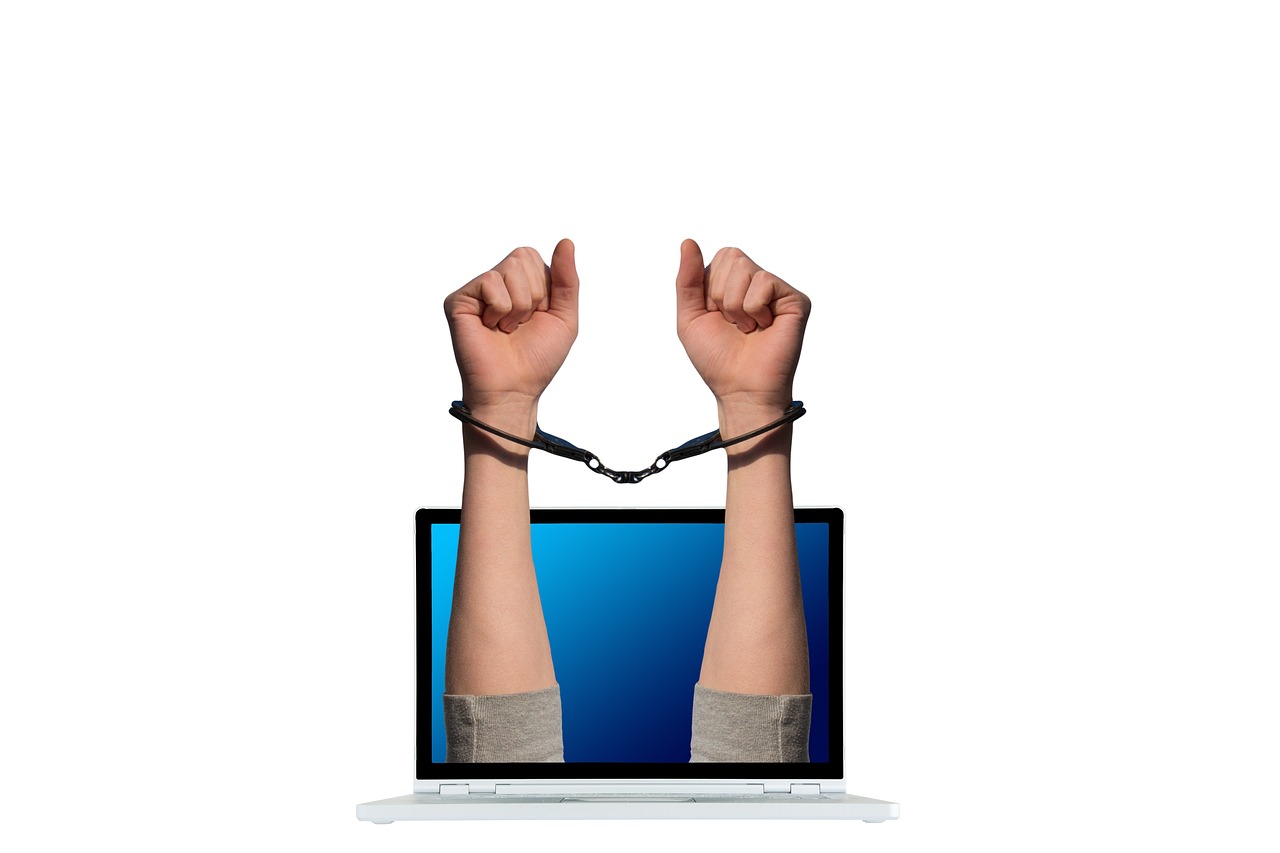
Organized crime groups didn’t just make money during Prohibition—they revolutionized how to hide it. Criminal organizations established legitimate businesses like laundries, restaurants, and barbershops to wash their illegal profits through the books. This wasn’t small-time operation; Capone’s organization alone owned hundreds of legitimate businesses across Chicago. The term “money laundering” actually gained popularity during this era, as criminals literally used laundromats and dry cleaners as fronts for their operations. These techniques, perfected during Prohibition, became the blueprint for modern financial crime. The sophistication of these operations was so advanced that many of the methods are still used by criminal organizations today.
Bootlegging Networks Span Entire Continents
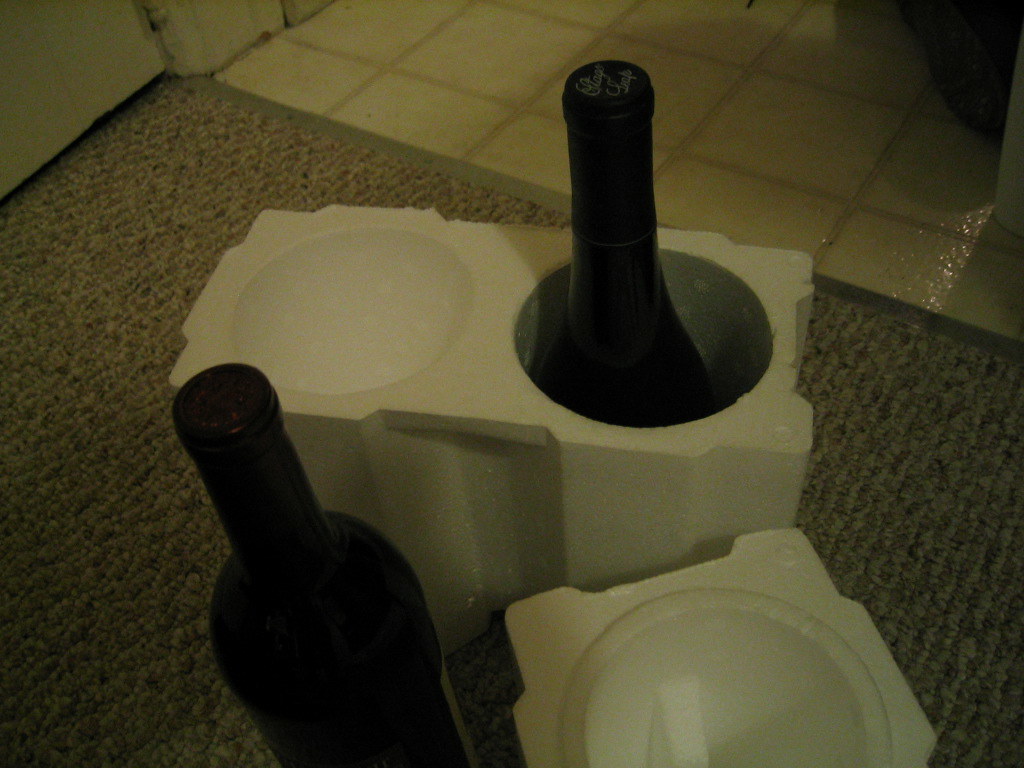
What started as local operations quickly evolved into international smuggling networks that would make modern drug cartels envious. The famous “Rum Row” stretched along the Atlantic Coast, where ships from Canada, the Caribbean, and Europe would anchor just outside U.S. territorial waters. These floating warehouses supplied hundreds of smaller boats that made high-speed runs to shore, creating a maritime highway for illegal alcohol. The Canadian border became a sieve, with an estimated 75% of illegal liquor entering the U.S. through this route. Some operations were so sophisticated they built underground tunnels connecting distilleries in Canada to distribution centers in Detroit and other border cities.
Tommy Guns and Armored Cars Transform Criminal Warfare
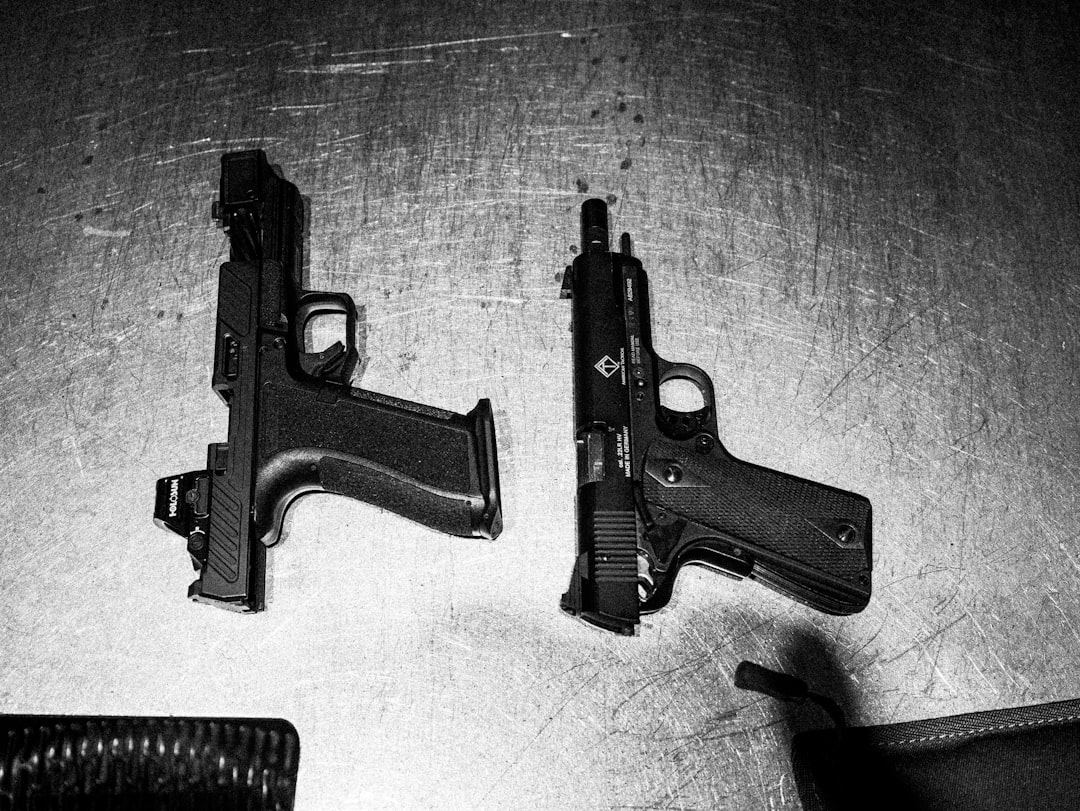
Prohibition-era gangsters didn’t just fight with fists and pistols—they upgraded to military-grade weapons that outgunned police forces. The Thompson submachine gun, nicknamed the “Tommy Gun,” became the weapon of choice for organized crime, with some estimates suggesting that 40% of all Thompson guns manufactured in the 1920s ended up in criminal hands. Gangsters drove around in armored cars that could withstand police gunfire, essentially creating mobile fortresses for their operations. The famous “Pineapple Primary” election in Chicago in 1928 saw criminals using grenades and machine guns to influence voting. Police departments had to completely overhaul their tactics and equipment just to keep up with the firepower of criminal organizations.
Speakeasies Become Criminal Headquarters
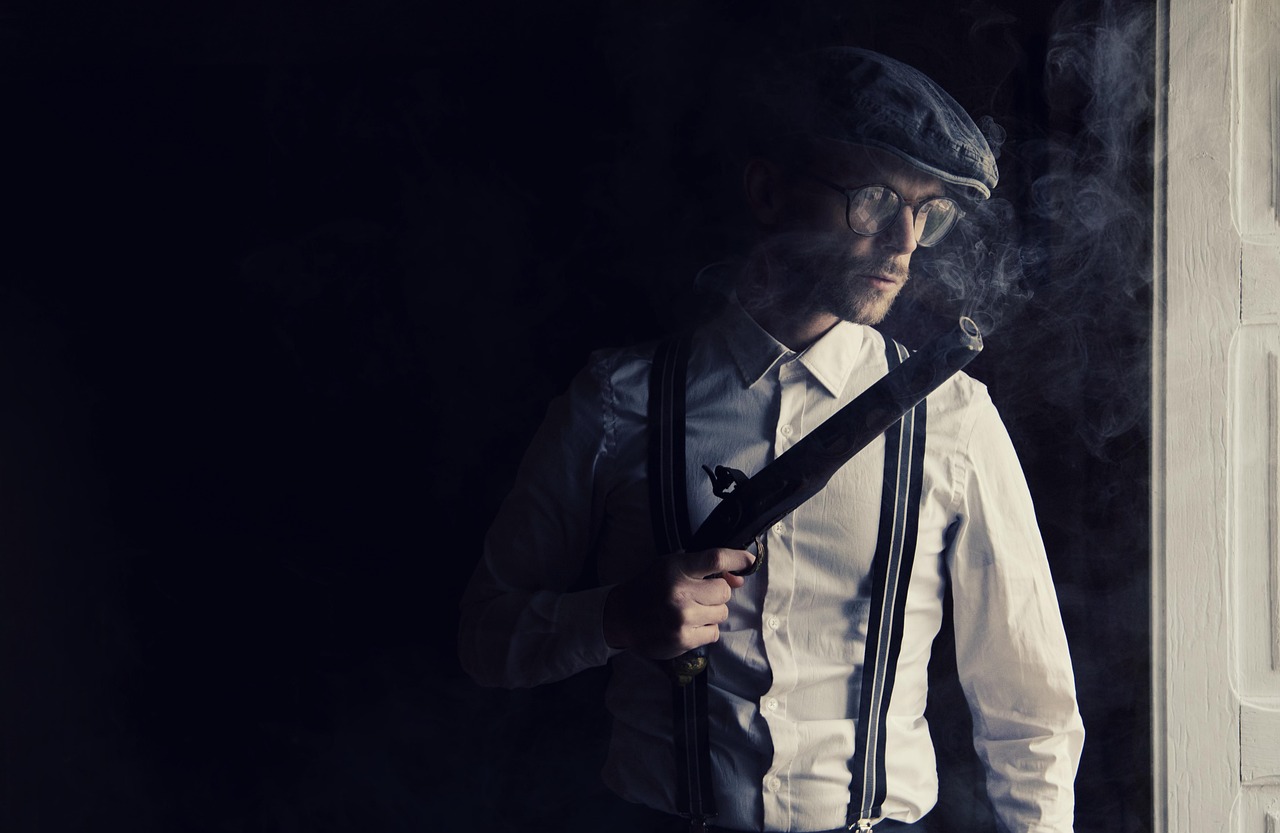
The estimated 100,000 speakeasies that operated in New York City alone weren’t just places to drink—they became command centers for criminal empires. These establishments served as meeting places where crime bosses planned operations, negotiated territories, and settled disputes. Many speakeasies were elaborate affairs with multiple floors, secret passages, and sophisticated security systems that rivaled government facilities. The Cotton Club in Harlem, controlled by organized crime, became so influential that it shaped American entertainment and culture. These venues generated massive revenue streams while providing criminals with legitimate-looking businesses to explain their wealth.
The Rise of Crime Families and Hierarchical Organizations
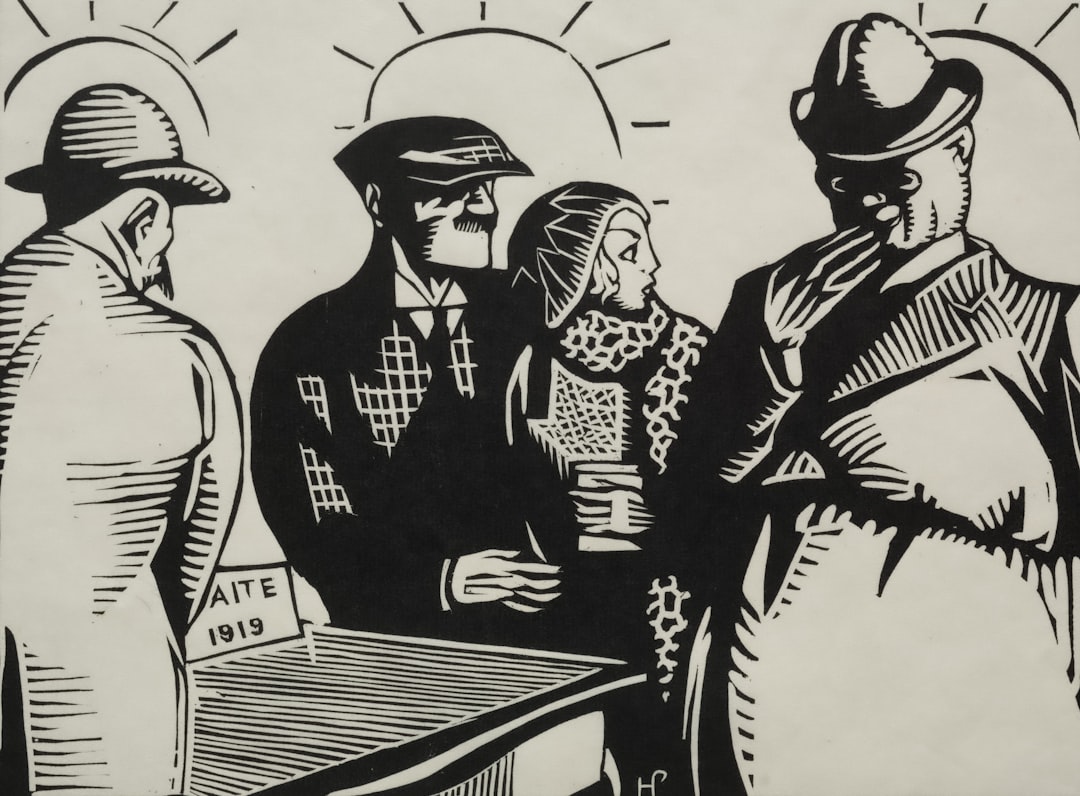
Prohibition forced criminal groups to evolve from loose gangs into sophisticated family-like organizations with clear hierarchies and codes of conduct. The Italian-American Mafia, which had existed in limited form before 1920, exploded into a national phenomenon during Prohibition. These organizations developed complex structures with bosses, underbosses, lieutenants, and soldiers, creating a corporate-like efficiency in their criminal operations. The famous “Commission” system, where different crime families divided territories and resolved disputes, emerged during this period. By the end of Prohibition, there were an estimated 24 major crime families operating across the United States, each controlling specific geographic regions and criminal activities.
Banking and Financial Institutions Become Criminal Assets
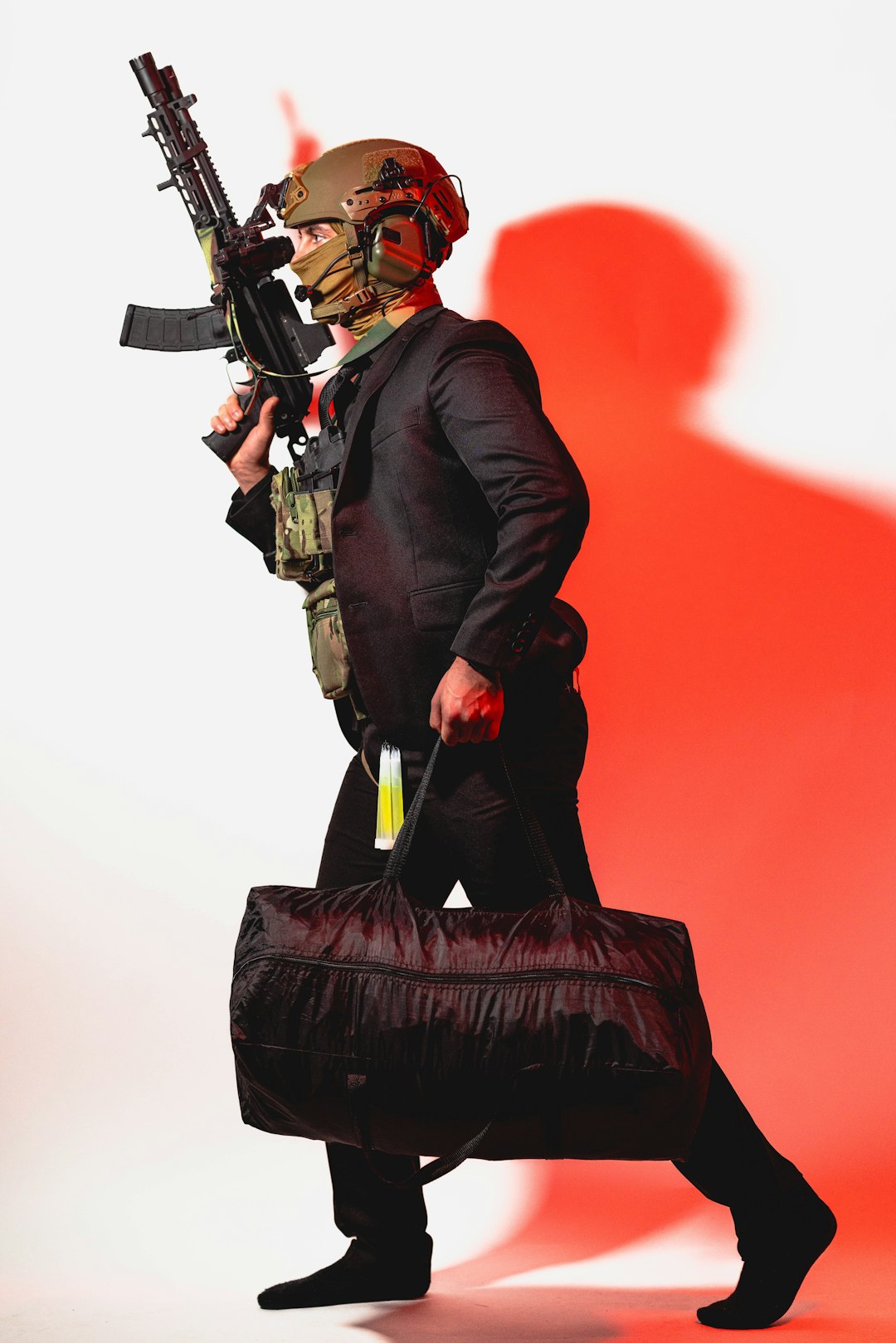
Criminal organizations didn’t just use banks—they bought them outright, turning financial institutions into tools for their operations. Several small banks in Chicago and New York were secretly owned or controlled by organized crime groups, allowing them to launder money on an industrial scale. These criminal-controlled banks issued loans to bootleggers, processed protection money, and even financed territorial wars between rival gangs. The Manhattan Savings Bank scandal of 1929 revealed how deeply organized crime had penetrated the financial system, with millions of dollars in illegal profits flowing through supposedly legitimate institutions. This integration of crime and finance created a template that would influence organized crime for decades to come.
Prohibition Agents Fight a Losing Battle
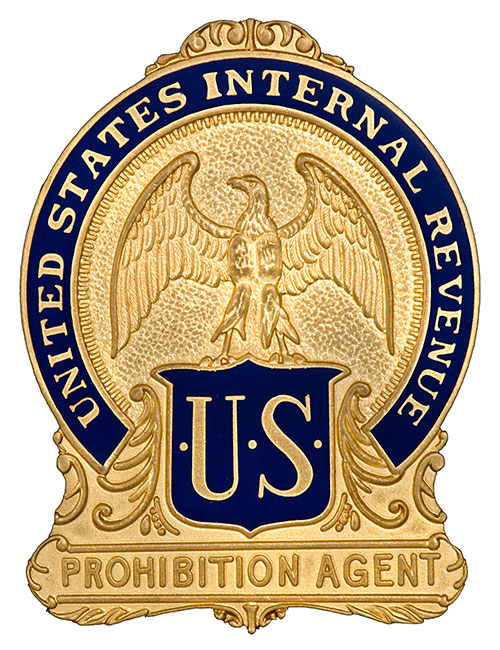
The federal government’s enforcement efforts were woefully inadequate against the criminal machine that Prohibition had created. With only 1,550 federal agents assigned to enforce Prohibition across the entire United States, the ratio was roughly one agent for every 70,000 Americans. These agents faced criminal organizations with unlimited resources, better weapons, and insider information from corrupted officials. The famous federal agent Eliot Ness and his “Untouchables” represented a tiny fraction of law enforcement that couldn’t be bought, but even their successes were limited. For every criminal they arrested, dozens more took their place in an endless cycle of violence and corruption.
The Economic Impact Reaches $3.6 Billion
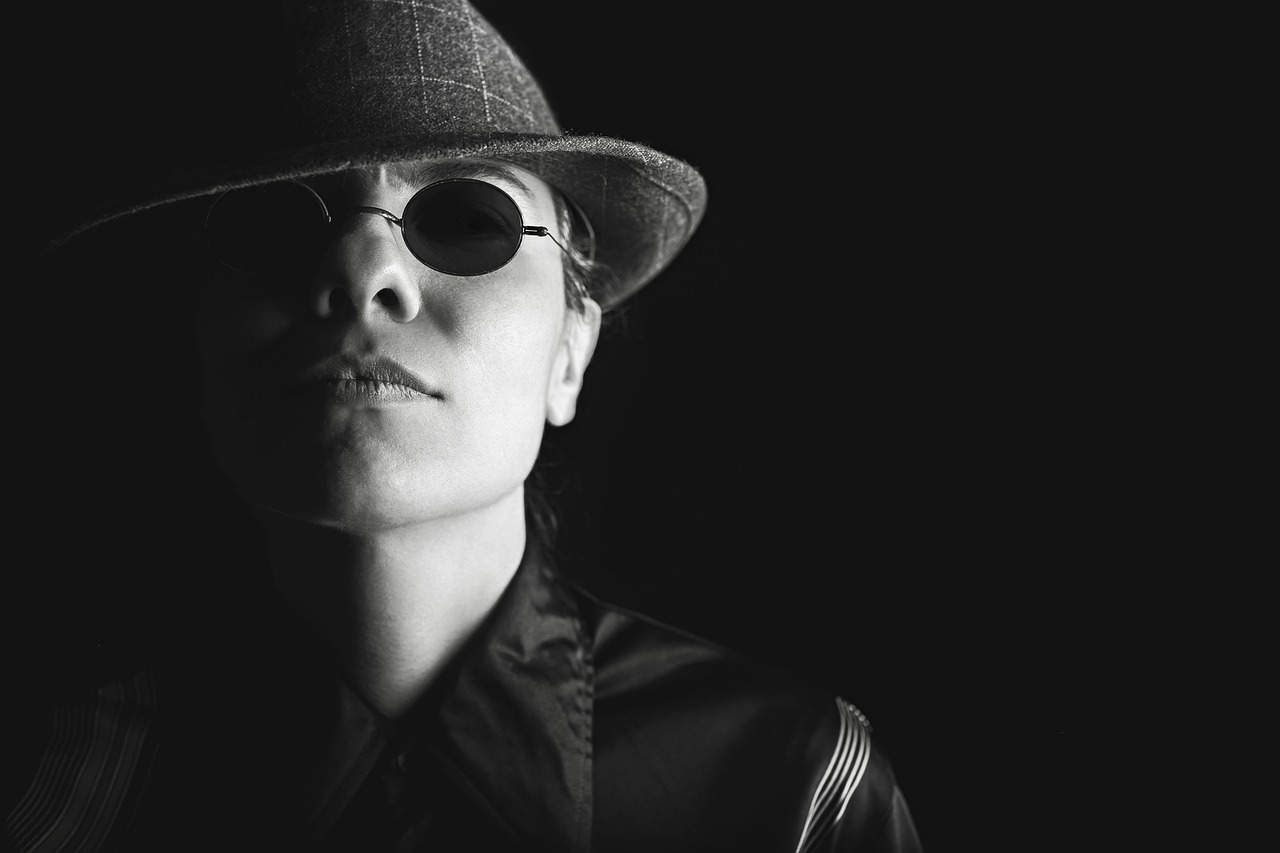
The economic impact of Prohibition-fueled organized crime was staggering, with conservative estimates suggesting that criminal organizations generated over $3.6 billion in revenue during the 1920s. This represented roughly 2% of the entire U.S. economy at the time, making organized crime one of the largest industries in America. The ripple effects extended far beyond direct criminal activity—legitimate businesses suffered from unfair competition, tax revenues disappeared into criminal pockets, and entire neighborhoods became economic hostages to criminal organizations. The government lost an estimated $11 billion in tax revenue during Prohibition, money that could have funded schools, hospitals, and infrastructure projects.
Legacy That Shaped Modern Organized Crime
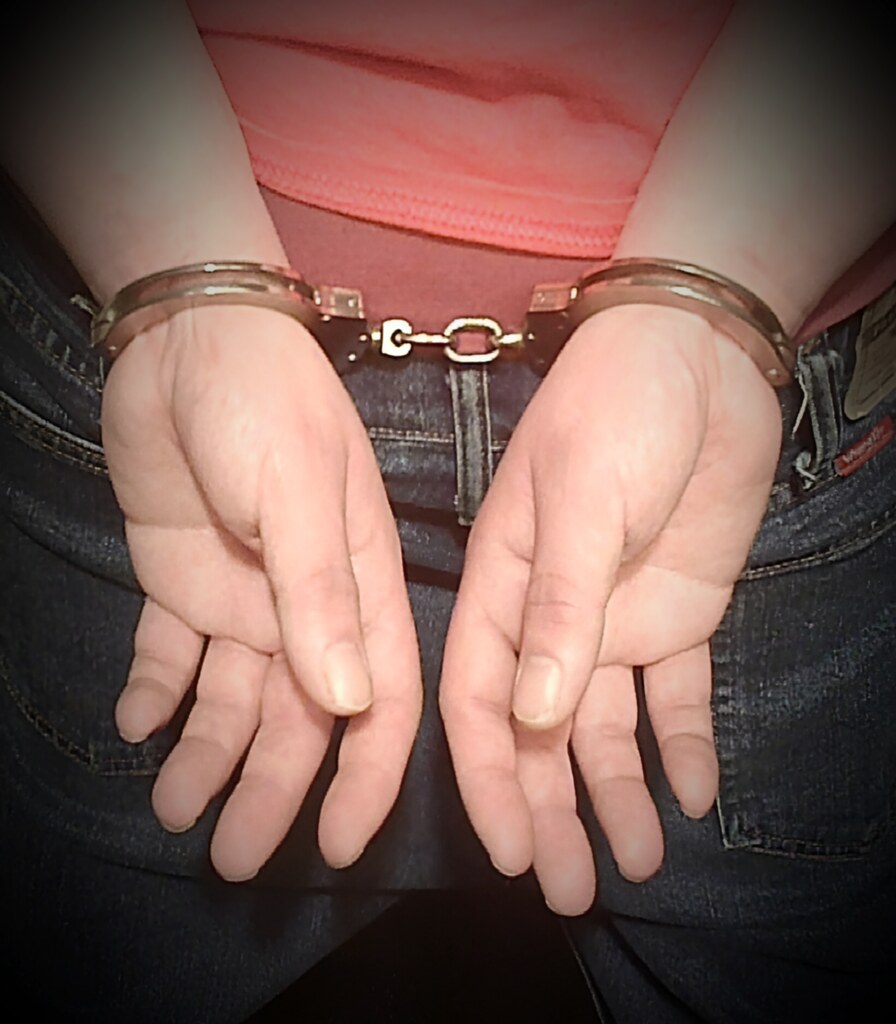
When Prohibition ended in 1933, the criminal organizations it had created didn’t simply disappear—they adapted and evolved into the modern organized crime syndicates we know today. The techniques perfected during the 1920s became the foundation for drug trafficking, illegal gambling, and other criminal enterprises that continue to plague society. The organizational structures, money laundering methods, and corruption networks established during Prohibition provided a blueprint that criminal organizations still follow. Recent FBI reports indicate that many of the major organized crime families active today trace their power and influence directly back to the wealth and connections they built during Prohibition. The “noble experiment” that was supposed to create a more moral society instead gave birth to criminal empires that have endured for over a century.
Conclusion: The Unintended Consequences
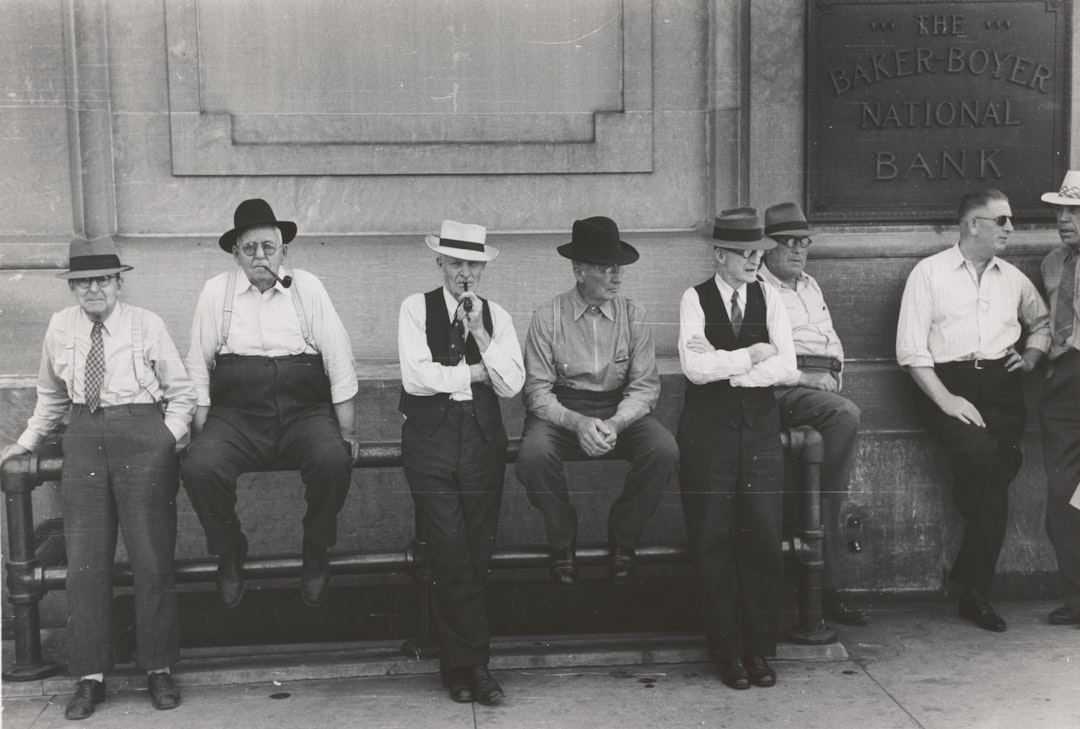
The 1920s proved that when government tries to eliminate something people desperately want, it often creates something far worse than the original problem. Prohibition didn’t reduce alcohol consumption—it just made drinking more dangerous and expensive while funding the most violent criminal organizations in American history. The law meant to protect society instead armed its enemies with unlimited resources and political influence. The gangsters who built empires on illegal liquor used their wealth to corrupt entire cities and establish criminal dynasties that outlasted the law that created them. Would America have been better off without Prohibition, or was the rise of organized crime an inevitable part of the country’s growing pains?

